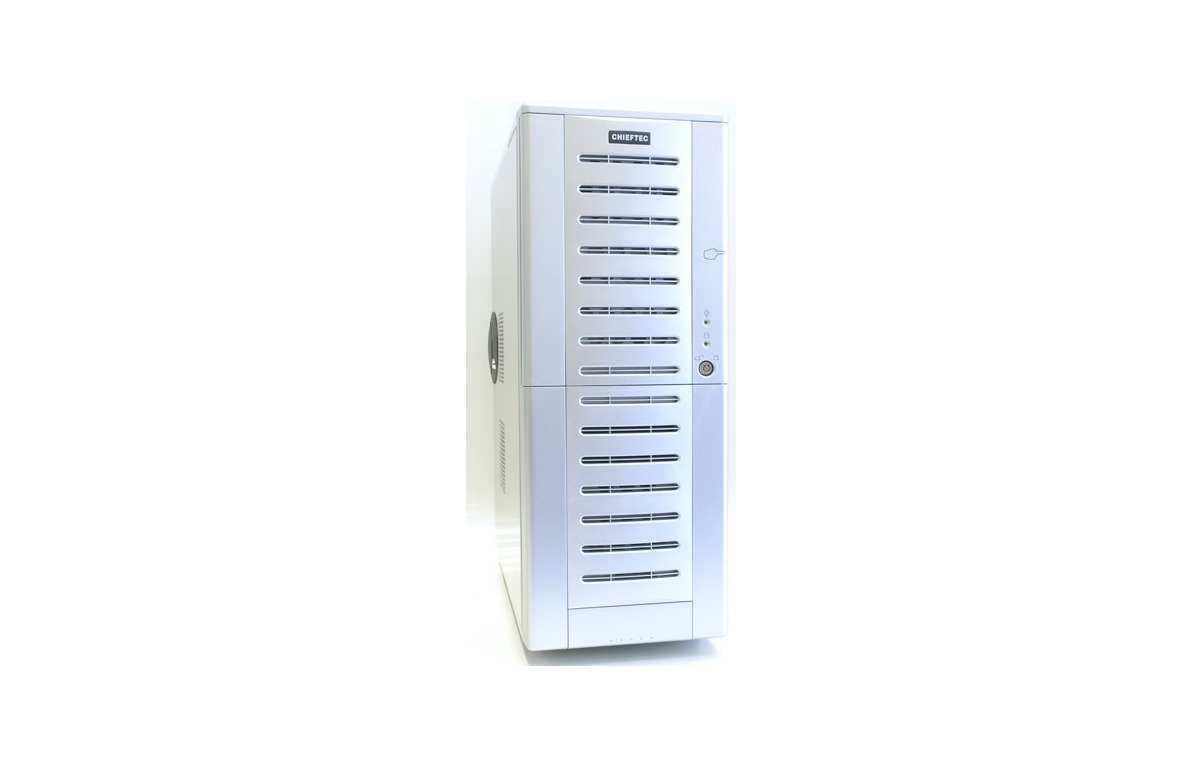Compositor Software builds virtual servers for Microsoft Windows and Android platforms Compositor Software presents 4 architectures on C++. It is TC-TRSRRT2048, TC-SUBTRSRRT262144, TC-2SUBTRSRRT262144 architectures for STC2k, RTC4k, RAD96 and RAD36 platforms correspondingly. Now, when Compositor Software code repository have grown, it is time to move forward past the MaxMSP platform. First, Compositor Software thanks the JUCE framework for providing an…
